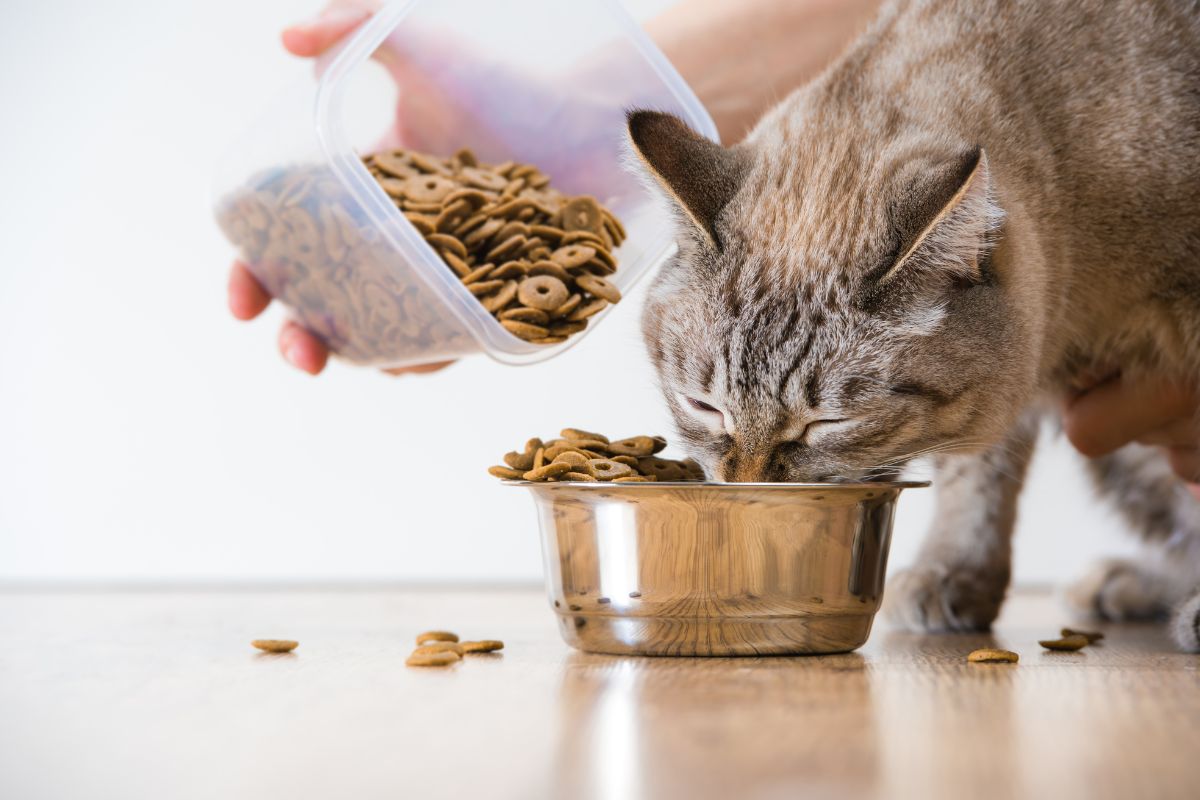
When I first started raising Bengal cats, I knew they were high-energy — but I didn’t realize just how much that affected their feeding needs.
It wasn’t long before I’d serve up a perfectly portioned breakfast only to find my Bengals pacing, chirping, and eyeing the kitchen again by midday. I used to worry — was I feeding them too much? Not enough? The wrong balance?
Over time, and through raising dozens of healthy, thriving litters, I learned that feeding isn’t a one-size-fits-all equation — especially with active breeds like Bengals. It’s about balance, quality, and routine. If you’ve been wondering how much to feed your cat — and how to get it right without overfeeding — this guide is for you.
Why Feeding the Right Amount Matters
Overfeeding can lead to:
- Obesity (yes, even in active cats)
- Digestive issues
- Reduced energy and playfulness
- Long-term health risks like diabetes or arthritis
Underfeeding? That’s just as dangerous — leading to nutrient deficiencies, lethargy, and behavioral stress.
Bengals: Built Different (and Always Hungry)
Bengals are intelligent, athletic cats that burn more energy than most domestic breeds. At Brigite’s Bengals, we feed our kittens and adults in structured intervals throughout the day — and it’s all broken down in our detailed feeding guide found in Feed the Cat Better.
For kittens, that means small, frequent meals packed with protein and moisture. For adults, it’s about sustaining energy while keeping lean muscle mass.
Step 1: Know Your Cat’s Weight and Needs
Use your cat’s weight and activity level as a baseline. A typical Bengal:
- Kitten (8–16 weeks): Needs 3–4 small meals per day (high-protein, moisture-rich)
- Adolescent (4–12 months): 2–3 meals per day plus snacks
- Adult (12 months+): Usually does best on 2 meals per day, with optional enrichment treats mid-afternoon
Every cat is different — this is why our Feed the Cat Better guide includes specific Bengal benchmarks by life stage and weight class.
Step 2: Understand Calorie Content
Don’t just eyeball. Look at the label:
- Wet food: ~70–100 calories per can
- Dry food: ~350 calories per cup
Active Bengals need 20–30 calories per pound of body weight daily. A 10-lb Bengal might need 200–300 calories, depending on whether they’re zooming around or lounging more.
Step 3: Stick to Measured Portions
We recommend using a digital kitchen scale — it’s how we prep every meal here at the cattery.
- Measure wet food in grams
- Track calories from both wet and dry sources
- Keep a log for the first week if you’re starting a new routine
Story time: I once transitioned an adult male Bengal to a different feeding schedule without adjusting his portions. Within weeks, he lost weight too quickly. Since then, we’ve emphasized weighing each portion and making changes gradually — especially during high-growth phases or post-spay/neuter.
Step 4: Add Moisture, Always
Even if your cat eats dry food, moisture is essential. At Brigite’s Bengals, we mix in bone broth or offer a wet topper with most meals to aid hydration and digestion.
You’ll find several Bengal-safe broth recipes in Feed the Cat Better, perfect for adding flavor and nutrients.
Step 5: Treats Count Too
Yes, even those “just one” treats add up.
Stick to the 10% rule: Treats should never exceed 10% of your cat’s daily caloric intake. We use single-ingredient options and limit lickables to training and hydration purposes — never as a meal replacement.
Step 6: Look Beyond the Bowl
Check body condition weekly:
- Can you feel ribs with light pressure?
- Is there a visible waist when viewed from above?
- Are they active and alert?
At Brigite’s Bengals, we observe appetite, coat sheen, litter box habits, and energy levels as part of our overall health check — not just the scale.
Final Thoughts: Feeding Bengal Cats is an Art and a Science
Feeding your cat — Bengal or not — isn’t about guesswork. It’s about intention.
With structured portions, nutrient-rich meals, and a little observation, you can build a feeding routine that supports your cat’s energy, health, and personality.
Want more specifics on portions, product picks, and vet-approved sample menus? You’ll find our full feeding protocol in Feed the Cat Better, available now in the Pet Shop.
Because whether you’re raising one Bengal or an entire litter, feeding well is the first step to thriving — for both of you.
